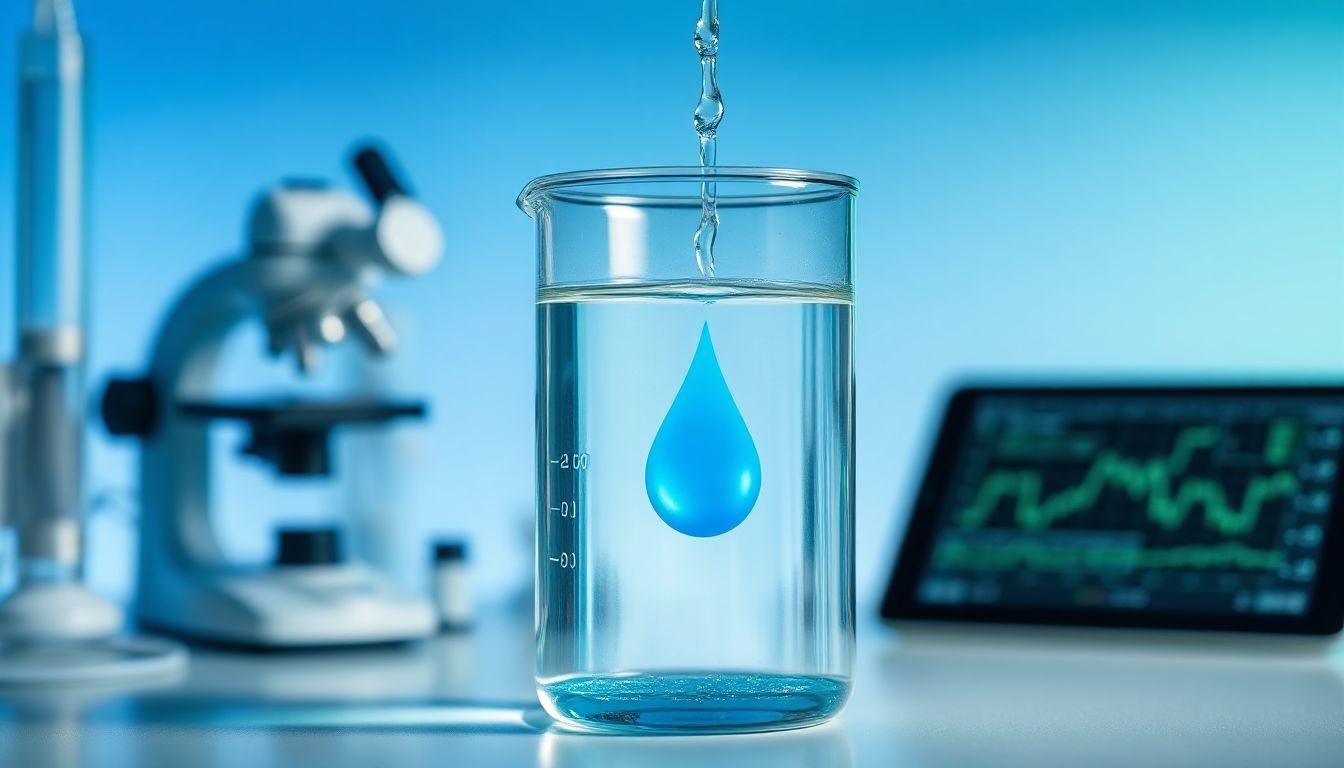Introduction: Why Treatability Studies Matter
As global water scarcity escalates due to pollution, industry expansion, and changing climate, the pressure to develop efficient and responsible water solutions intensifies. Treatability studies are foundational for designing effective water and wastewater treatment systems—from determining the right technology to optimizing performance, while ensuring compliance and safety. At Aardhya, we combine scientific precision with community empathy to deliver water treatment solutions that are both sustainable and transformative.
What Exactly Is a Treatability Study?
A treatability study is a structured laboratory or field investigation that evaluates how a specific water or wastewater sample responds to various treatment processes. Through bench-scale (and sometimes pilot-scale) experiments, these studies determine:
- Contaminant types and concentrations
- Feasibility and cost-effectiveness of treatment methods
- Required adjustments (e.g., dosage, pH, pretreatment)
- Expected performance and by-product formation
By replicating real-world scenarios, treatability studies guide full-scale infrastructure with precision.
Key Benefits of Conducting Treatability Studies
- Tailored Treatment Solutions
Every water source—industrial effluent, municipal sewage, or groundwater—has a unique composition. Treatability studies enable customized system designs based on actual data, improving reliability and avoiding mismatches .
- Cost and Time Savings
By validating treatment methods early, errors like overdosing chemicals or system inefficiencies are minimized, saving both capital and operational expense .
- Regulatory Compliance
Environmental standards are tightening globally. Treatability studies provide the evidence needed to meet or exceed discharge limits and avoid penalties
- Environmental & Public Health Protection
Ensuring contaminants are fully removed protects ecosystems and public health—fostering trust and resilience in water systems .
How Treatability Studies Work
- Sample Collection & Characterization
Samples undergo comprehensive analysis—measuring pH, turbidity, TSS/TDS, BOD/COD, heavy metals, pathogens, and organic pollutants—to profile water quality .
- Bench-Scale Testing
Instruments like jar tests, batch reactors, and mini-columns simulate physical, chemical, and biological treatments—identifying optimal approaches
- Pilot-Scale Trials (if needed)
For complex or critical cases, pilot units are installed onsite to validate lab findings under real conditions and flow dynamics prakrriti.com.
- Analysis & Reporting
Data is compiled into reports that recommend treatment flows, chemical dosages, equipment sizing, operational parameters, and cost projections.
Common Treatment Technologies Tested
- Physical: Sedimentation, filtration, screening
- Chemical: Coagulation, flocculation, oxidation, neutralization
- Biological: Activated sludge, biofilm reactors, anaerobic digestion
- Advanced: Reverse osmosis, UV disinfection, ion exchange, advanced oxidation (AOP)
The final design typically integrates multiple methods to ensure robust results.
Industries That Rely on Treatability Studies
- Municipal utilities: Ensuring potable water and safe sewage disposal
- Industrial sectors: Textile, chemical, pharmaceutical, food processing
- Agriculture: Managing pesticide and nitrate runoff
- Mining and remediation projects
- Hazardous waste treatment under EPA regulation
Each sector has unique challenges—making data-driven, site-specific approaches essential.
Aardhya’s Approach: Science with Purpose
At Aardhya, our treatability studies are guided by:
- Technical rigor: Conducted per international standards with lab precision and quality control
- Context-first design: Factoring in geography, hydrology, community impact, cost, and long-term sustainability
- Collaborative process: We engage stakeholders—clients, regulators, and locals—to ensure transparency and buy-in
- Action-oriented outcomes: Each study leads to pragmatic, implementable recommendations—aligned with performance and budget constraints
Conclusion: The Power of Evidence-Based Water Solutions
Treatability studies shift water management from reactive to proactive. They replace uncertainty with certainty and inefficiency with optimization. At Aardhya, every study is a commitment—to cleaner communities, healthier environments, and smarter water infrastructure.
📩 Ready to start? Partner with Aardhya for a treatability study tailored to your water source—and take the first step toward sustainable solutions.
By Deep Bhagat,
Jr. Social Media Manager,
https://www.linkedin.com/in/deep-bhagat-188201315
The Biz Tree
https://www.thebiztree.com/

